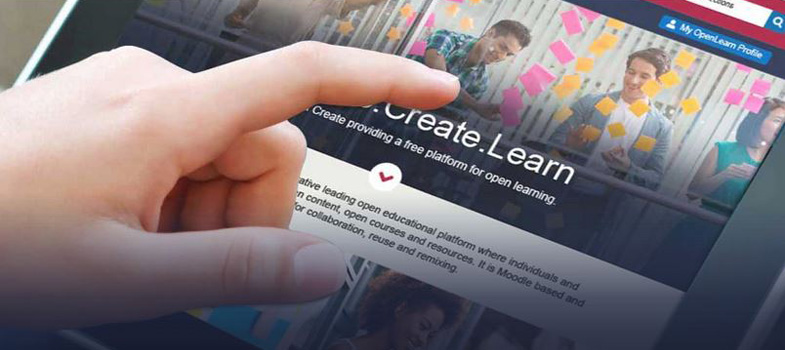Planning your open course - before you build it
Before you attempt to upload anything online, you will need to think about the following:
- Audience and purpose
- Learning Design
- Structure and Metadata
- Writing the course
- Copyright
- Accessibility
- Assessment and rewards
6. Accessibility
It is always good practice to consider how your open education resource might be used by people with visual impairment, dyslexia, mental health conditions or other special requirements. Alternative formats, transcriptions of video or audio resources and captioning of video resources are all things you need to include if you are to make your OER accessible to as many people as possible. One of the advantages with providing accessible resources is that learners who have no disabilities also find alternative formats useful, depending on the context in which they are learning. For example, transcripts can help students follow a video and make notes more easily.
All images you use in your OER will need long descriptions so that screen reader software can tell learners who have visual impairments what is included in the image. For example:
- A diagram, graph or flowchart which contains any text in the image must have a long description (alt description) which includes all of this text in a logical way.
- A picture needs a description to explain what is happening in the picture.
It is best to write long descriptions for images as you are authoring a course and choosing images to use, to avoid a last-minute panic before publishing. Ideally images need to have captions as well (with attribution information if the image is not yours).
